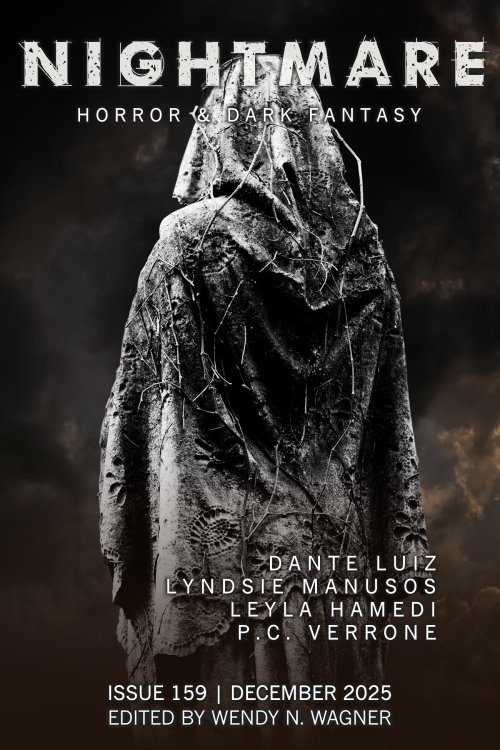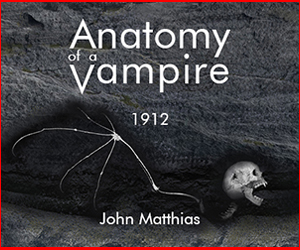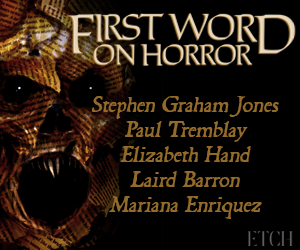Author Spotlight
Author Spotlight: Lee Thomas
One insidious aspect of prejudice is the effect it has on a person’s self-worth. That’s the metaphor behind “The Lord of Corrosion.” Not only does the title represent a monster, but it also represents the cultural messaging that can eat away at a person’s self-esteem. For a child like Sofia, she has no concept of being different, because her fathers didn’t raise her to think in prejudicial terms.








